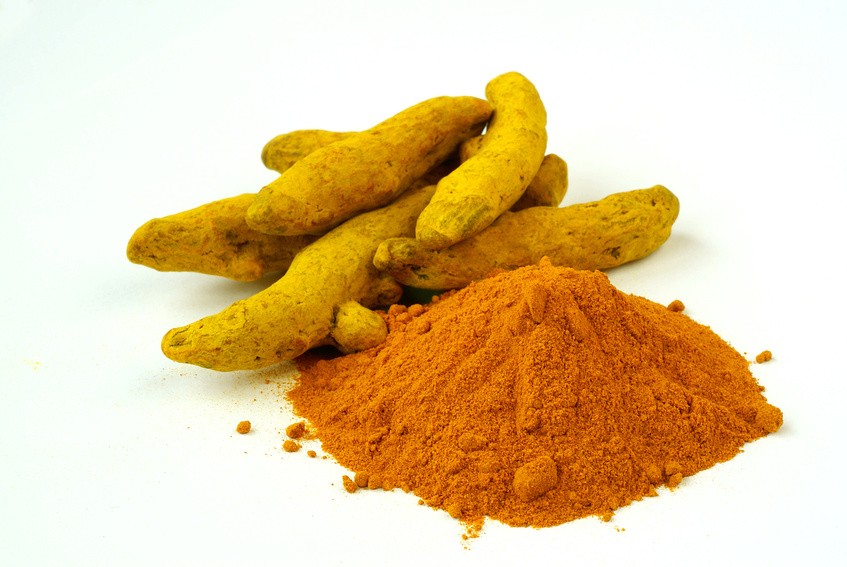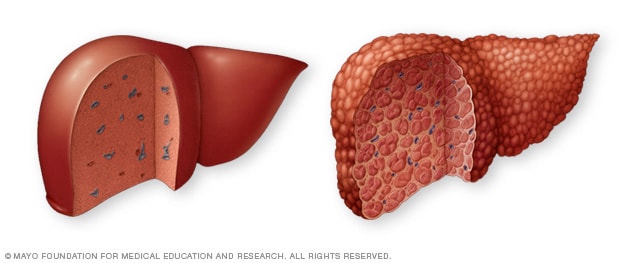
Diagnosed with Cancer? Your two greatest challenges are understanding cancer and understanding possible side effects from chemo and radiation. Knowledge is Power!
Learn about conventional, complementary, and integrative therapies.
Dealing with treatment side effects? Learn about evidence-based therapies to alleviate your symptoms.
Click the orange button to the right to learn more.
- You are here:
- Home »
- Blog »
- Healthy Living Products »
- Non-Alcoholic Fatty Liver Disease- Non-Toxic Therapies-
Non-Alcoholic Fatty Liver Disease- Non-Toxic Therapies-

Findings of the present proof-of-concept trial suggested improvement of different features of Non-alcoholic fatty liver disease (NAFLD) after a short-term supplementation with curcumin…”
Millions of Americans suffer from non-alcoholic fatty liver disease. As such NAFLD is a major health issue in the U.S. Because I am both a long-term cancer survivor and cancer coach I understand the need for inexpensive, non-toxic, evidence-based therapies for chronic diseases.
 Curcumin, according to the study linked below, is just such a therapy for NAFLD. As a cancer survivor who has studied curcumin I also understand that this antioxidant is notoriously difficult for the body to absorb. This is why I supplement with a formula that research has shown is more than seven times more bioavailable than ordinary curcumin.
Curcumin, according to the study linked below, is just such a therapy for NAFLD. As a cancer survivor who has studied curcumin I also understand that this antioxidant is notoriously difficult for the body to absorb. This is why I supplement with a formula that research has shown is more than seven times more bioavailable than ordinary curcumin.
I supplement with and recommend Life Extension Super Bio-Curcumin. I have been supplementing with this formula of curcumin for years because it has been evaluated and approved by Consumerlab.com.
If you would like to learn more about NAFLD please scroll down the page, post a question or comment and I will reply to you ASAP.
Thank you,
David Emerson
- Cancer Survivor
- Cancer Coach
- Director PeopleBeatingCancer
Non-alcoholic fatty liver disease
“Non-alcoholic fatty liver disease (NAFLD) is one of the types of fatty liver which occurs when fat is deposited (steatosis) in the liver due to causes other than excessive alcohol use. Non-alcoholic steatohepatitis (NASH) is the most extreme form of NAFLD.[1] NAFLD is the most common liver disorder in developed countries…
Up to 80% of obese people have the disease…About 12 to 25% of people in the United States have NAFLD…”
Treatment of Non-alcoholic Fatty Liver Disease with Curcumin: A Randomized Placebo-controlled Trial.
“Non-alcoholic fatty liver disease (NAFLD) is a global health problem. Although many aspects of NAFLD pathogenesis have been understood, there is a paucity of effective treatments to be used as the second line when lifestyle modification is insufficient.
Curcumin, a natural polyphenol from turmeric, has been shown to be effective against development of hepatic steatosis and its progression to steatohepatitis, yet these beneficial effects have not been explored in clinical practice…
Compared with placebo, curcumin was associated with a significant reduction in liver fat content (78.9% improvement in the curcumin vs 27.5% improvement in the placebo group).
There were also significant reductions in body mass index and serum levels of total cholesterol, low-density lipoprotein cholesterol, triglycerides, aspartate aminotransferase, alanine aminotransferase, glucose, and glycated hemoglobin compared with the placebo group.
Curcumin was safe and well tolerated during the course of trial. Findings of the present proof-of-concept trial suggested improvement of different features of Non-alcoholic fatty liver disease (NAFLD) after a short-term supplementation with curcumin…”
10 Foods to Include in a Healthy Liver Diet
“Non-alcoholic fatty liver disease (NAFLD) is one of the most common causesTrusted Source of liver disease in the United States. It’s a condition in which excess fat is stored in the liver, and can lead tocirrhosis and liver failure if left untreated. NAFLD is more common Trusted Sourcein people who are living with certain conditions like obesity and type 2 diabetes — and unlike alcohol-related liver disease, NAFLD is not caused by heavy alcohol use…
The first line of treatment for NAFLD is weight loss, through a combination of calorie reduction,exercise, and healthy eating.
In general, the diet for fatty liver disease includes:
- fruits and vegetables
- high-fiber plants like legumes and whole grains
- significantly reducing intake of certain foods and beverages including those high in added sugar, salt, refined carbohydrates, and saturated fat
- no alcohol…
1. Coffee to help lower abnormal liver enzymes
Your daily cup of coffee could help protect your liver against NAFLD.
A 2021 reviewTrusted Source found that regular coffee consumption is associated with a lowered risk of developing NAFLD, as well as a decreased risk of the advancement of liver fibrosis in those already diagnosed with NAFLD.
Caffeine also appears to lower the number of abnormal liver enzymesTrusted Source in people at risk for liver diseases.
2. Greens to prevent fat buildup
Compounds found in spinach and other leafy greens may help fight fatty liver disease.
A 2021 studyTrusted Source found that eating spinach specifically lowered the risk of NAFLD, possibly due to the nitrate and distinct polyphenols found in the leafy green. Interestingly enough, the study focused on raw spinach, as cooked spinach did not have the same strong results. This could be because cooking spinach (and other leafy greens) may result in lowered polyphenolic content and antioxidant activity.
3. Beans and soy to reduce the risk of NAFLD
Both beans and soy have shown promise when it comes to reducing the risk of NAFLD.
A scientific overviewTrusted Source of diet and liver disease points out that legumes such as lentils, chickpeas, soybeans, and peas are not only nutritionally dense foods, but also contain resistant starches that help improve gut health. Consumption of legumes may even help lower blood glucose and triglycerides in individuals living with obesity. In addition, a 2019 study found diets rich in legumes specifically helped lower the likelihood of NFALD.
A few studiesTrusted Source have also found that eating soy (whether replacing a serving of meat or fish, or via consumption of miso soup, which contains fermented soy) may help protect the liver, most likely because soy contains a high content of the protein β-conglycinin — noted for its ability to help lower triglyceride levels and possibly protect against visceral fat buildup.
Additionally, tofu is a low-fat food that serves as a good source of protein, making it an ideal choice if you’re trying to limit your fat consumption.
4. Fish to reduce inflammation and fat levels
Fatty fish such as salmon,sardines, tuna, and trout are high in omega-3 fatty acids. ResearchTrusted Sourcesuggests that supplementing with omega-3s may benefit those with NAFLD by reducing liver fat, boosting protective HDL cholesterol, and lowering triglyceride levels.
5. Oatmeal for fiber
Whole-grain, fiber-rich foods like oatmeal are associatedTrusted Source with a reduced risk of NAFLD-related diseases.
Studies have shownTrusted Source that a nutritious diet rich in high fiber foods like oats is effective for those with NAFLD and may help reduce triglyceride levels.
6. Nuts to help reduce inflammation
A diet rich in nuts is associated with reduced inflammation, insulin resistance, and oxidative stress, and a lower prevalence of NAFLD.
A large studyTrusted Source from China found that increased nut consumption was significantly associated with a lowered risk of NAFLD — and research Trusted Sourcehas found that people with fatty liver disease who eat walnuts have improved liver function tests.
7. Turmeric to reduce markers of liver damage
High doses of curcumin — the active ingredient in turmeric — might reduce markers of liver damage in people with NAFLD.
StudiesTrusted Source focusing on turmeric supplementation show the bright orange root may decrease levels of serum alanine aminotransferase (ALT) and aspartate aminotransferase (AST) — two enzymes that are abnormally high in people with fatty liver disease.
8. Sunflower seeds for antioxidants
Sunflower seeds are particularly high in vitamin E, an antioxidant often usedTrusted Source (via supplementation) in the treatment of NAFLD.
While most research around NAFLD and vitamin E focuses on supplements, a 100-gram serving of sunflower seeds has about 20 milligramsTrusted Source of vitamin E, more than 100 percent of the Daily Recommended Value.Trusted Source If you’re looking to increase your vitamin E consumption naturally, sunflower seeds are a good starting point.
9. Increase unsaturated fat intake
Swapping out sources of saturated fat — like butter, fatty cuts of meat, sausages, and cured meats — for unsaturated fat sources — like avocados, olive oil, nut butter, and fatty fish — may be helpful for those with NAFLD.
This is why the Mediterranean diet is sometimes recommendedTrusted Source for individuals living with NAFLD, because of its focus on foods containing unsaturated fat, as well as its ability to help reduce total cholesterol.
10. Garlic to improve overall health
This vegetable not only adds flavor to food, but small experimental studies also show that garlic powder supplementsTrusted Source may help reduce body weight and fat in people with fatty liver disease.
In a recent 2020 studyTrusted Source, patients with NAFLD that took 800 mg of garlic powder per day for 15 weeks saw reductions in liver fat and improved enzyme levels.
When it comes to whole food consumption, a 2019 studyTrusted Source found that frequent consumption of raw garlic was inversely associated with NAFLD in Chinese men (but not women).
6 types of foods to avoid if you have fatty liver disease
If you have fatty liver disease, your doctor may recommend avoiding certain foods — or at least eating them sparingly. These foods generally contribute to weight gain and can increase blood sugar.
Avoid when possible
- Alcohol. Alcohol can be a major cause of fatty liver disease as well as other liver diseases.
- Added sugar. Stay away from sugary foods such as candy, cookies, sodas, and fruit juices. High blood sugar increases the amount of fat buildup in the liver.
- Fried foods. These are high in fat and calories.
- Added salt. Consuming too much salt can increase the risk of NAFLD. It’s recommendedTrusted Source to limit sodium intake to less than 2,300 milligrams per day. People who have high blood pressure should limit salt intake to no more than 1,500 mg per day
- White bread, rice, and pasta. White flour is typically highly processed, and items made from it can raise your blood sugar more than whole grains, due to a lack of fiber.
- Red meat. Beef and deli meats are high in saturated fat.

